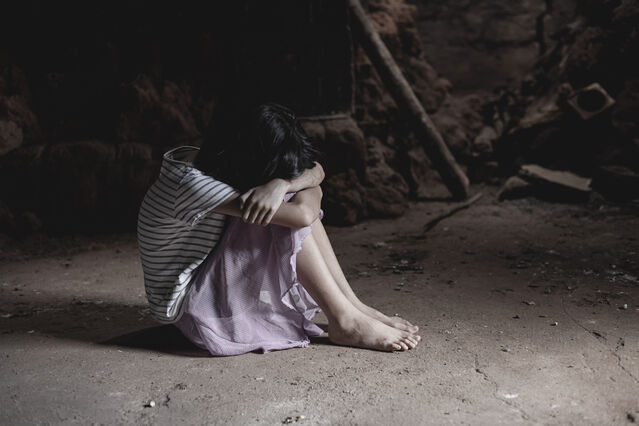Sex
Make Foster Care Rare and Brief
Children in foster care can be particularly vulnerable to sex trafficking.
Posted May 5, 2021 Reviewed by Hara Estroff Marano
Key points
- Children in foster care are at increased risk for trafficking.
- Removing a child from his or her parents can be a balancing act between dangers at home and possible danger of trafficking.
- In some cases, the trauma of removal can be as devastating as the crisis that led to the removal.
May is National Foster Care Month. Foster care is often the only possible choice for children who face almost unthinkably bad conditions when living at home. Even so, a worthwhile goal for foster care is, when possible, to make it more rare and more brief.
A reason to aim for rarer and briefer is, children in the foster care system are particularly vulnerable to being sex trafficked. The National Center for Missing & Exploited Children(NCMEC) has some sobering statistics on this.
In 2016, one in six of the more than 26,300 cases of children who were reported to NCMEC as runaways were likely victims of child sex trafficking. The anti-trafficking organization,Polaris says that of those who were likely victims of sex-trafficking, more than 85% were in the care of social services or foster care when they ran away.
Foster Care Is a Balancing Act
Removing a child from his or her home is a balancing act between the terrible conditions at home, and the possibility of increasing the child’s vulnerability to trafficking.
By the time Child Protective Services (CPS) is called in, there may be drug use, physical injury, sexual abuse or exploitation. There may also be an act or failure to act that presents an imminent risk of serious harm to the child.
When a situation has gotten that bad, surely it makes sense for society to step in and remove a child from a dangerous situation. And yet, there are other considerations.


Specifically, before removing children from a bad situation, Anne Basham, CEO of Anti-Trafficking International, would like to see child-welfare agencies do more to make it possible for the child to stay with his or her parent or parents. This would include more focus on giving the parent training or resources in how to make the child’s environment safer.
For example, Basham recommends the following:
- Provide greater funding for interventions in the family before removal of a child is necessary.
- Work to rehabilitate the family, such as helping a parent fill out forms for SNAP or other forms of assistance
- If a child is truant, find the reason why and address the problem.
In many situations, such interventions would not be an option. However, one of Basham’s major concerns is that taking children from their homes may leave children with scars that increase their vulnerability to traffickers.
“The trauma of being ripped from their homes,” she points out, “can result in scars that may be worse than the original traumas they were subjected to in their homes.”
In her experience, the following can compound each other and cause trauma from which some young people may never fully recover.
- The loss of a parent can be psychologically as impactful as the death of the parent.
- The child may lose not only his or her parent or parents, but also siblings. The emotional support system is destroyed.
- It also means losing their home and their possessions.
- This trauma happens at a vulnerable age, when a child’s brain is designed for attachment. “Adults expect separation, but for children separation is more traumatic,” says Basham.
- Even in cases of physical abuse or addiction, children usually are deeply attached to their parents and would desperately prefer being with them.
Risk of Sex Trafficking
For Basham, the sex-trafficking issue is particularly concerning. “Anywhere you have children, you will have predators, whether it’s school, church, foster care, or CPS.”
She continues: “If you go in the ocean, you’ll have dolphins, but you’ll also have sharks. However, unlike the sharks in the ocean, predators don’t look like sharks; they look like nice people.”
While she has all the admiration in the world for most of the people in the foster-care system, she is unable to close her eyes to the danger that where there are children there are predators.
Basham knows that there are situations when removing a child from his or her biological parents is 100% necessary. However, she also points out, “I’ve seen first-hand that the trauma of removal is often as devastating as the crisis that led to the removal.”
Her final thought is, “Let’s give CPS the resources and encouragement to help make foster care rare and brief.”
References




